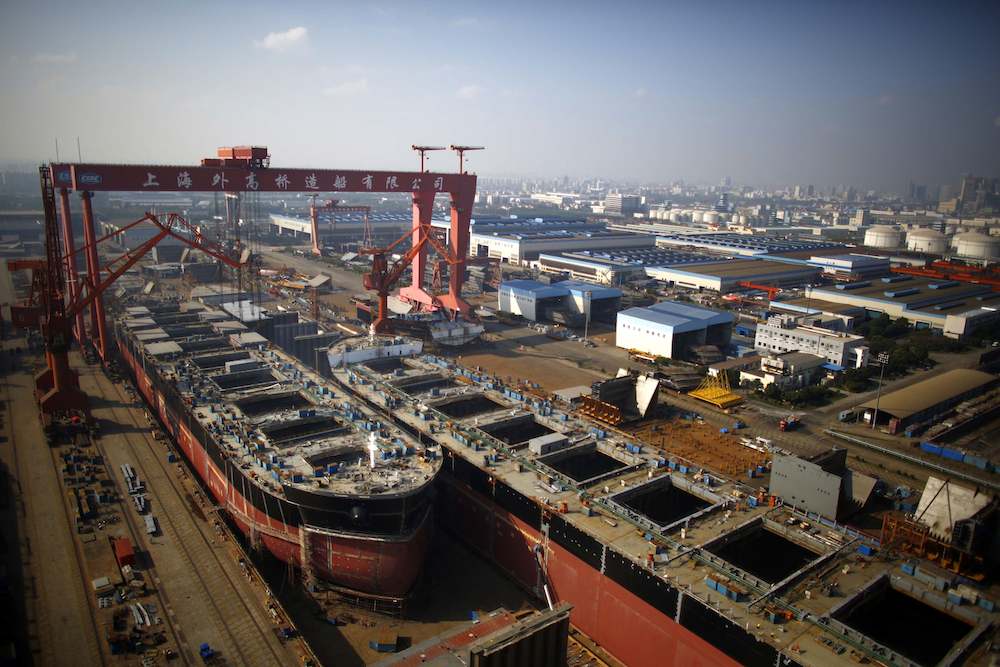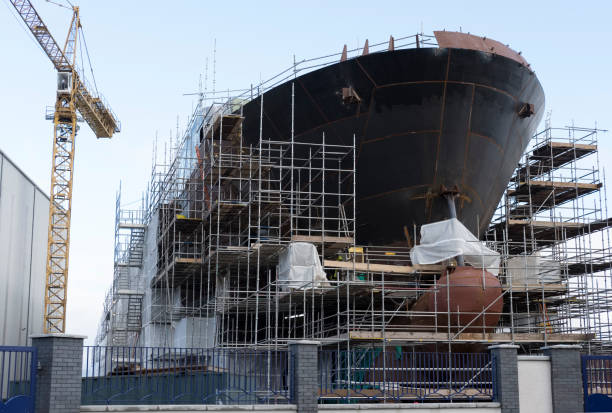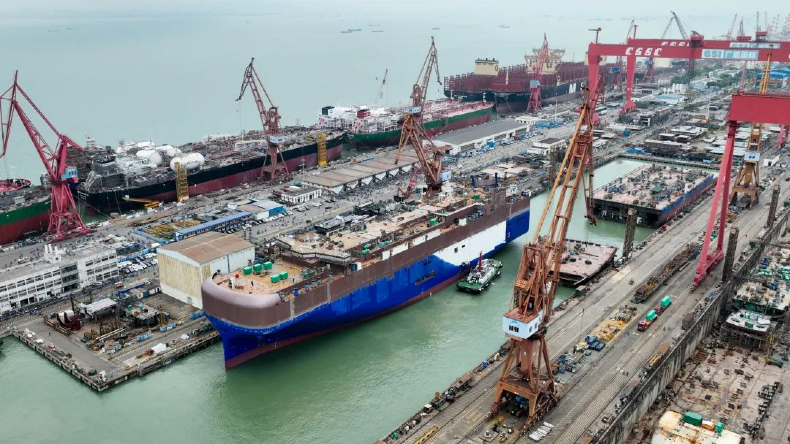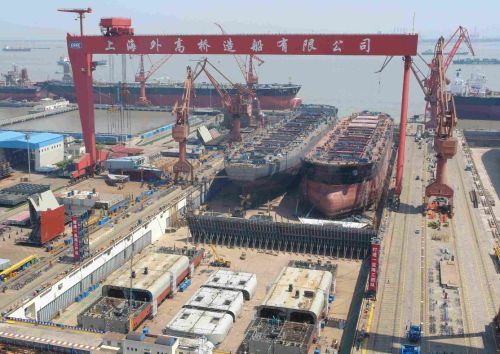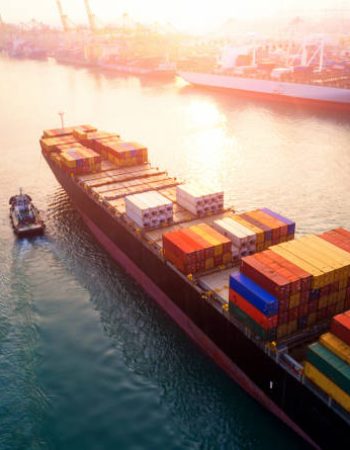about us
PT. Sunnway Marina Shipyard is one of Indonesia’s largest shipbuilder, with over 60 years of experience. Since its founding in 1948, the yard has built over 200 vessels with a total displacement exceeding 1.3 million tons.
Core Pillars of Shipyard Excellence
PT. Sunnway Marina Shipyard employs more than 1500 people. Specialists of the Shipyard are certified by the leading international classification.
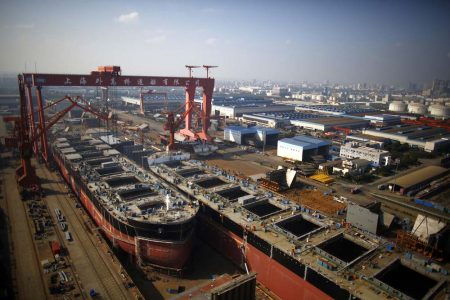
Shipbuilding
Construction of new vessels, from design and engineering to final assembly and launch.
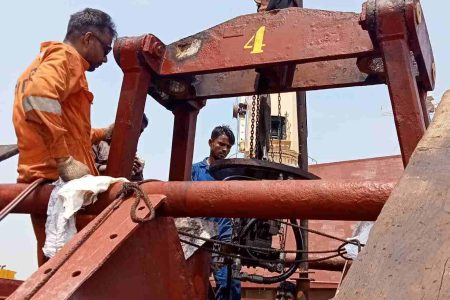
Ship Repair & Maintenance
Routine maintenance, overhauls, and repairs to ensure vessel safety, performance, and compliance.
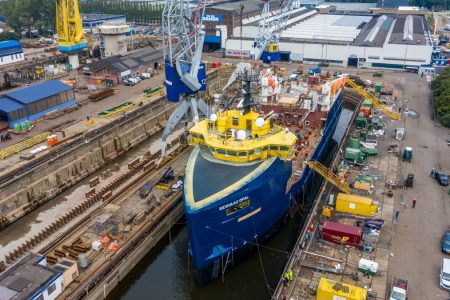
Conversion & Retrofit
Modifying existing ships for new purposes, upgrading systems, or ensuring environmental and regulatory compliance (e.g., ballast water systems, engine retrofits).
Connect with us
Stay in touch with PT Sunnway Marina for reliable marine solutions, expert support, and partnership opportunities. Whether you’re looking to build, repair, or maintain your vessel, our team is here to help—let’s navigate the future together.

